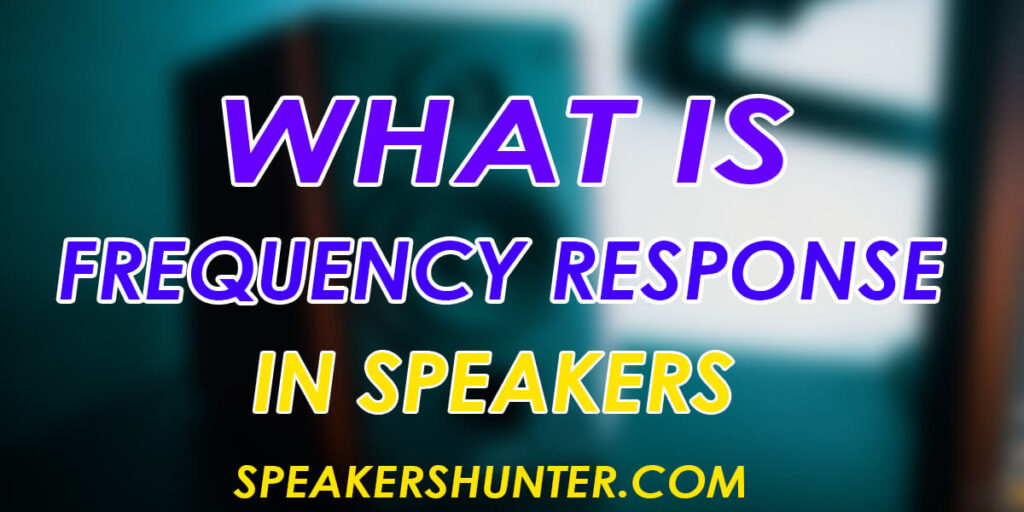Want to obtain the best possible sound quality? Well, the only way to do that is by putting together high-quality speakers.
Doesn’t matter how expensive your CD or DVD player is or how efficient your AVA receiver performs, if you don’t have high-quality speakers then none of your equipment will be worth spending on. Your home theater or audio system won’t be of much help when it comes to producing topnotch sound.
Speakers are responsible for providing the interface between the digital and the real world where the sound is played and heard. Choosing a right set of speaker will make a whole lot of difference between muddy and crystal clear sound.
This specific audio equipment comes in all shapes and sizes. When you step in the market, you will find a loudspeaker as low as $50 and as high as $5000. Then there are bookshelf speakers that don’t cost a lot and others high-end speakers that are even capable of breaking your bank account. There are big speakers that don’t offer much base and there are small ones that are capable of producing bass as powerful that it can knock your socks off!
So how would you know that which type of speaker is appropriate for you?
If you have been hunting for a speaker for very long then you must have come across the terms such as audible frequencies, frequency range, frequency response etc. This term, “frequency response” is critical for understanding how a speaker makes, produces, records sound and how is that related to the loud sound you get to hear in concerts, performed by musicians and singer live.
Frequency Response
Off all the terms that you’re going to come across when finding a speaker, the frequency response rate is going to be the most common. This term describes the audible frequency range that a loudspeaker is capable of producing. They are measured in Hertz (Hz).
A human ear can hear an audio frequency as low as 20Hz and as high as 20Khz. You must be presuming that any audio speaker that produces all or more than the hearing range would be the best choice. But that is not the case so don’t fall into that trap.
The human hearing range falls between 20Hz to 20,000Khz. The lower end of this range is known as bass while the higher end is referred as treble. While the frequency falling through the middle is known as mid-range. Usually, a regular speaker is capable of producing these frequencies at an equal level which means none of the sounds will be higher than the other.
However, the latest speakers that you find in the market have been further separated and they now feature woofers for playing low frequencies and tweeters for high frequencies. This is a concept known as reproducing natural frequencies, true to the tone.
You must have seen how small objects vibrate much more aggressively as compared to bigger objects. Same is the case with speaker, the smaller the speaker, the more it will vibrate at a higher frequency and the bigger it is, the lesser the vibration.
A good speaker should have a flat frequency response rate. This means it should reproduce sound at the same frequency at which it was recorded. Because if it doesn’t, the sound you will hear will be high at some points and low at some. This creates a very uneven and poor audio experience, something that nobody is going to like.
Often times, company share misleading information regarding their frequency response rate. An ideal speaker should always be producing frequencies within its given range, without blowing off at the lower end.
Why Frequency Response is Important?
Frequency response will measure how well an audio speaker can reproduce certain frequencies and if it makes any changes to the audio while playing it.
According to the standards set by HiFi, a good audio system will always be the one that takes an input signal and reproduces it without making any changes. This includes all the sound processing of all components ranging from the audio files then digital processing and the output that we hear through speakers and amplifiers.
If you’re thinking that the entire sound processing depends only and only on frequency response rate, then that is not correct. There are various aspects that impact the sound quality being produced by a loudspeaker but you can call the frequency range the most important factor.
A speaker with excellent frequency response would be able to play all frequencies, mid, low and high correct and in a proper proportion. This is what will determine if the unit is good enough and produces, vibrant, rich sound.
Most of the loudspeakers available in the market can play between 20Hz to 20,000Khz while some latest additions can produce 150Hz to 20Khz. If the song or movie you’re playing sends an input signal that is outside of its frequency response rate, then the speaker simply won’t be able to play it.
Conclusion
So, this is what a frequency response rate is. It is the range of frequencies that a speaker is capable of reproducing that can be heard by a human ear. We hope that we were able to simplify this concept to the core and now you have what you need to understand this aspect of choosing your favorite loudspeaker system.
If you have any questions or suggestions in this regard or there is something you might like to add and provide us more information, feel free to tell us in the comments below.

Leave a Reply